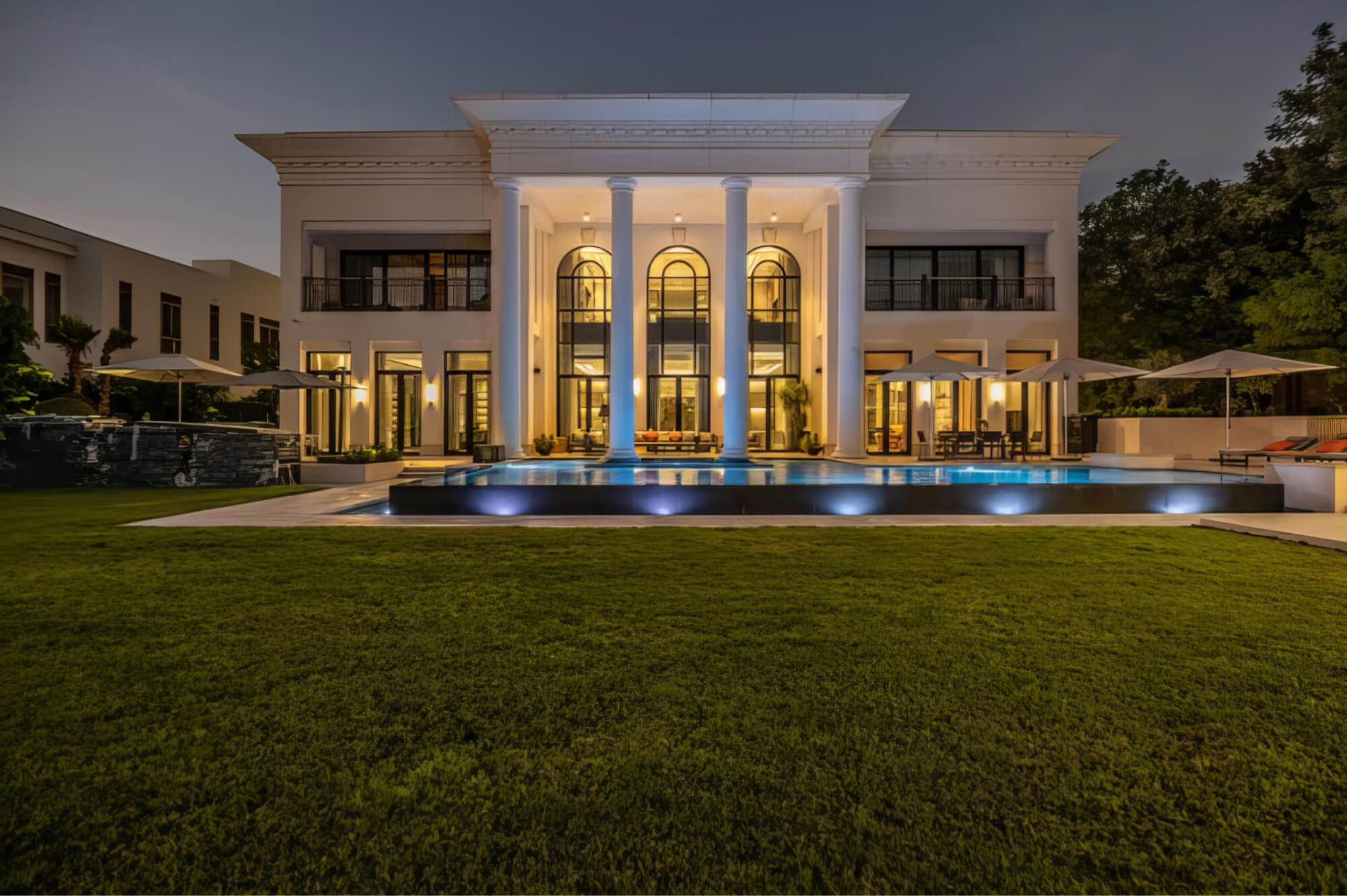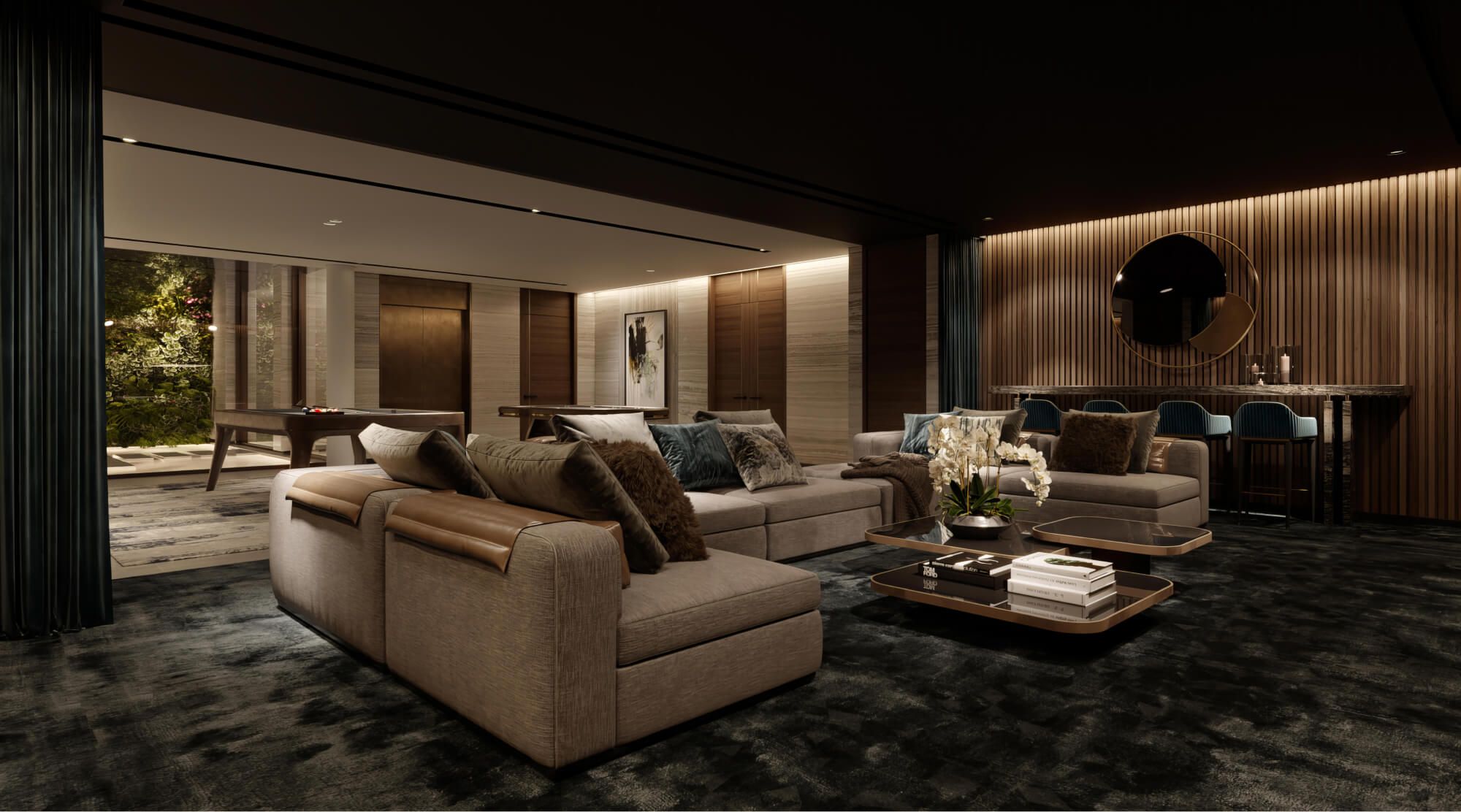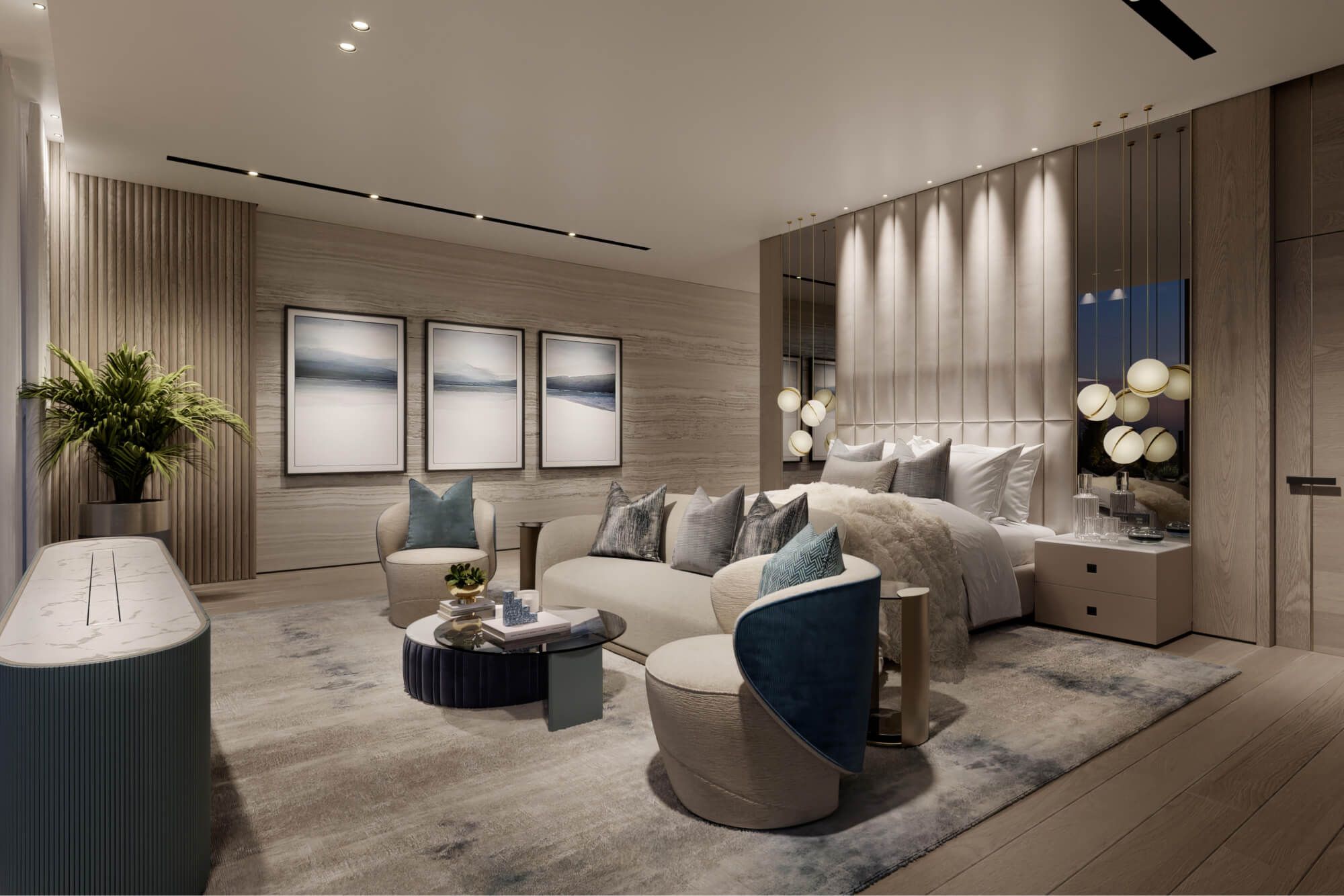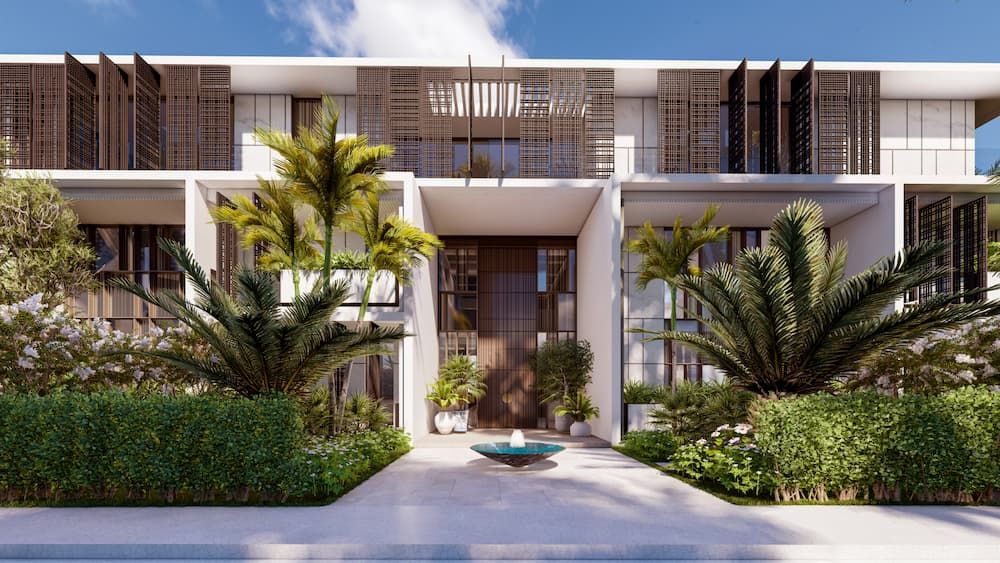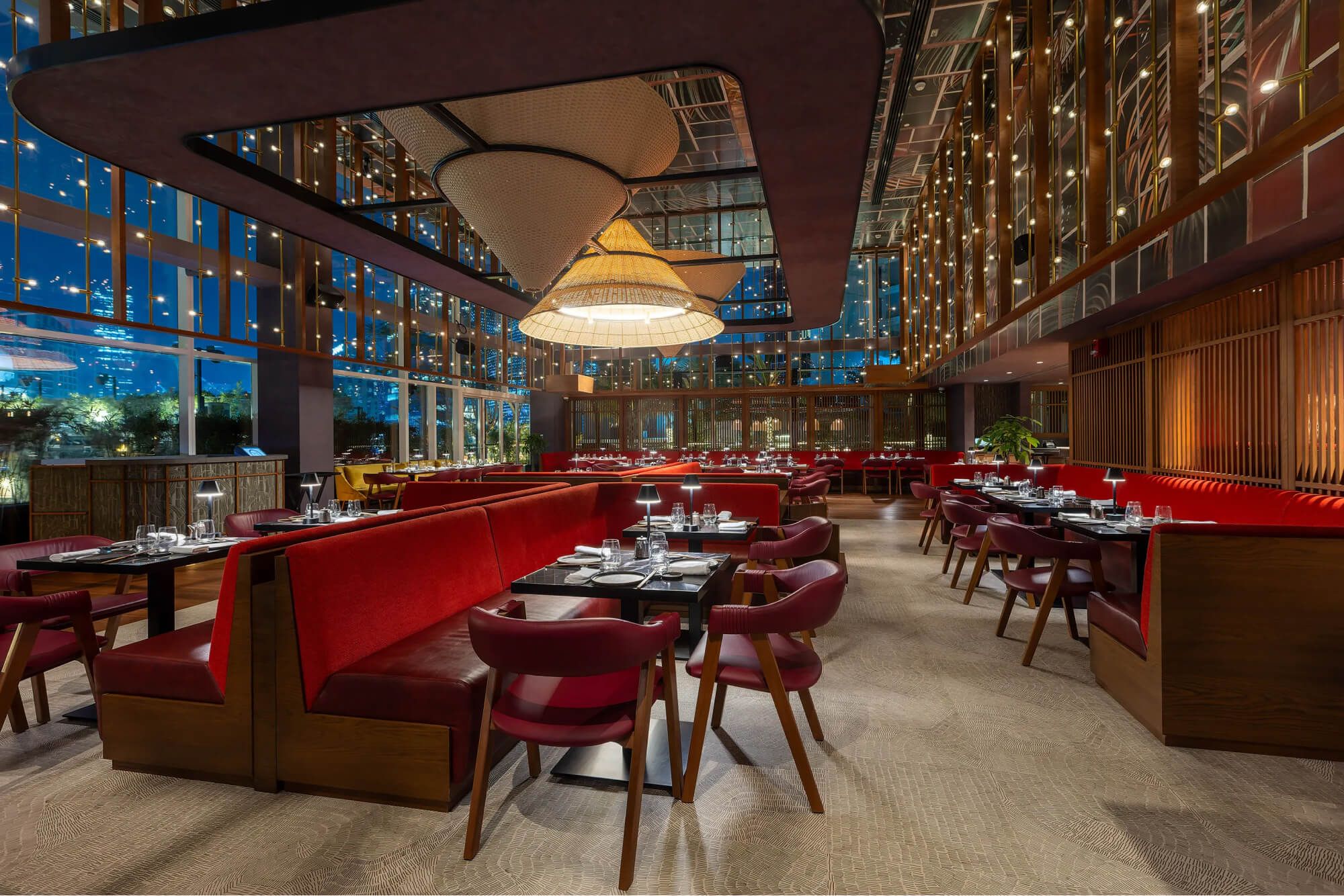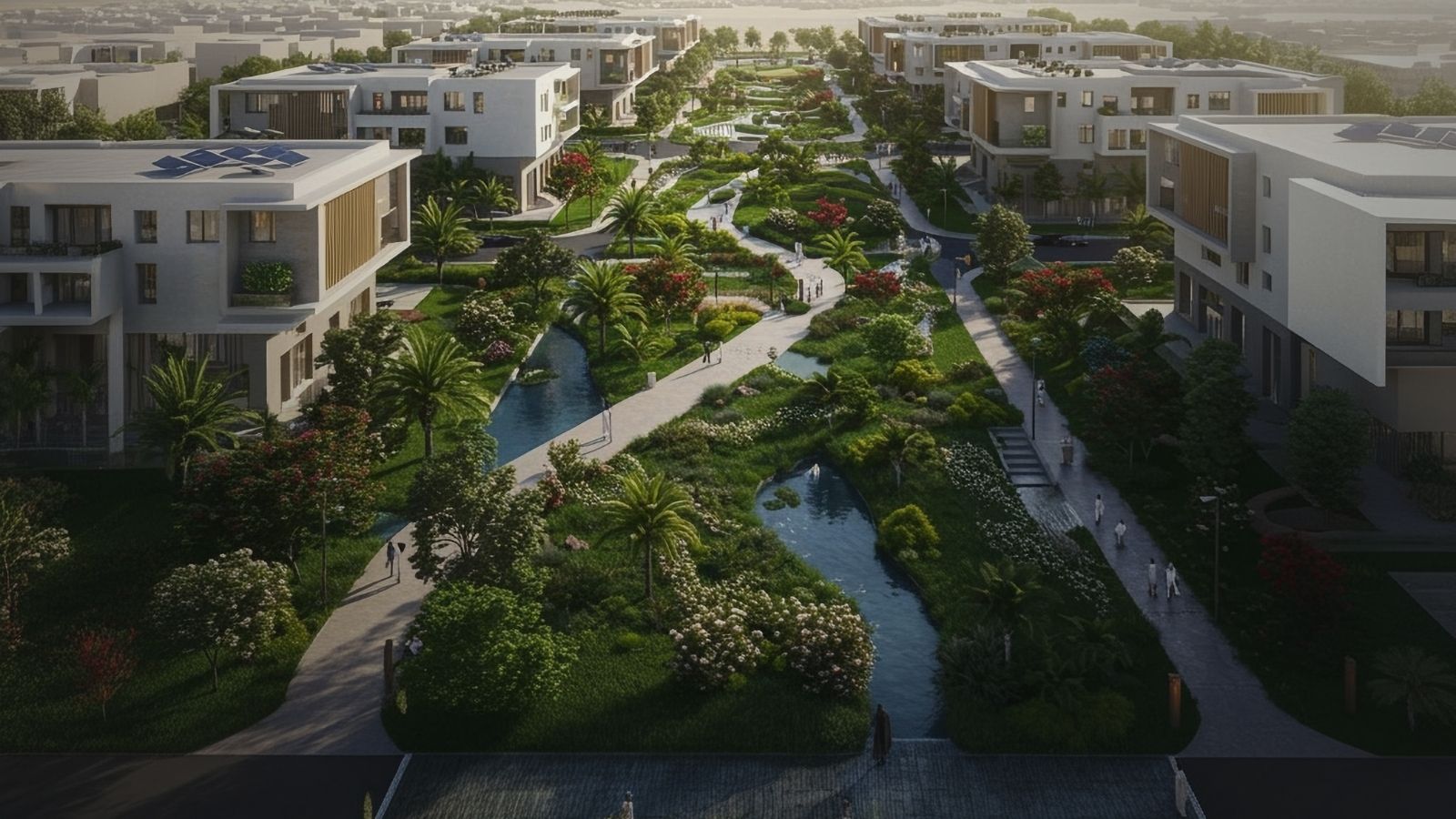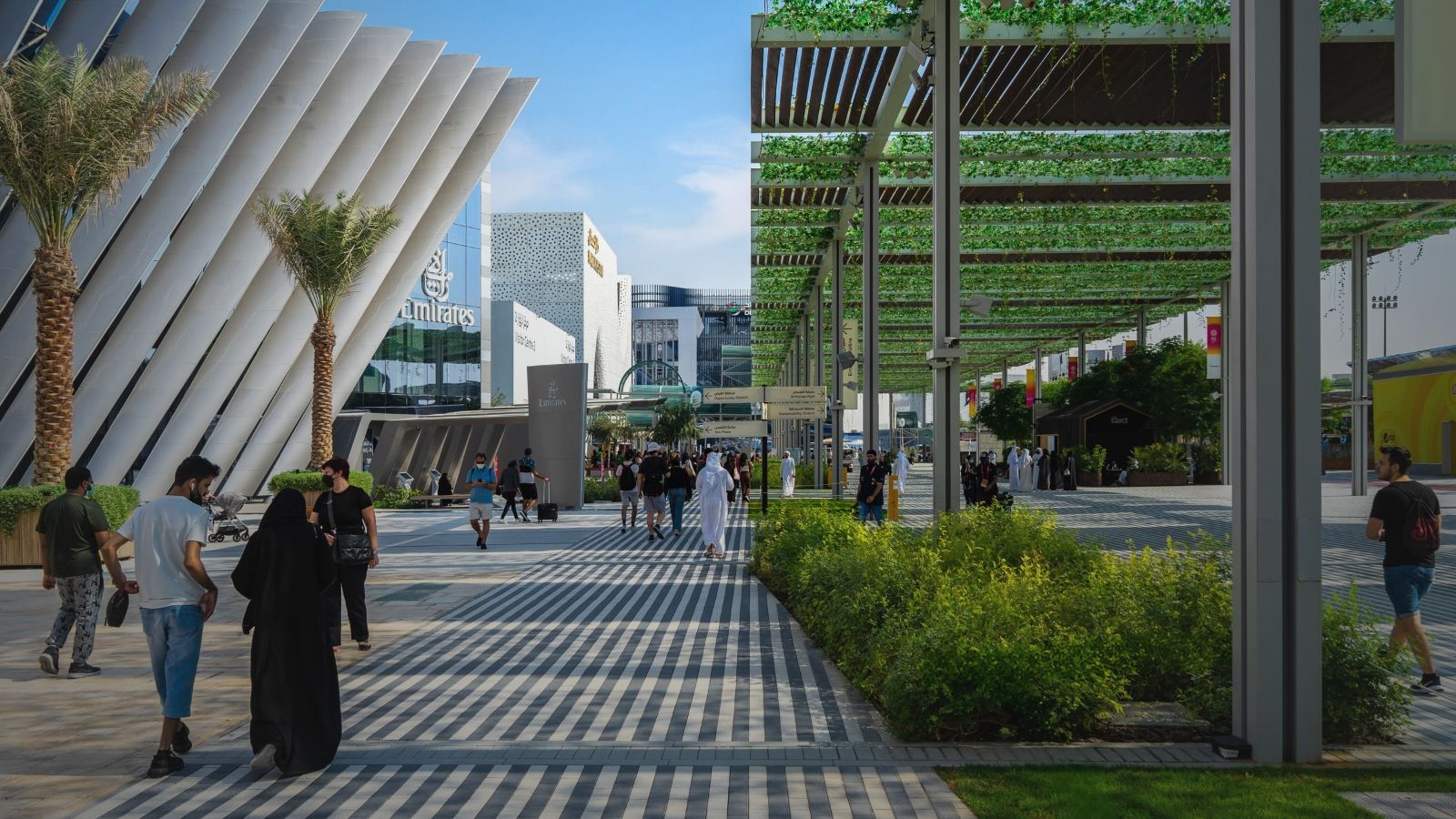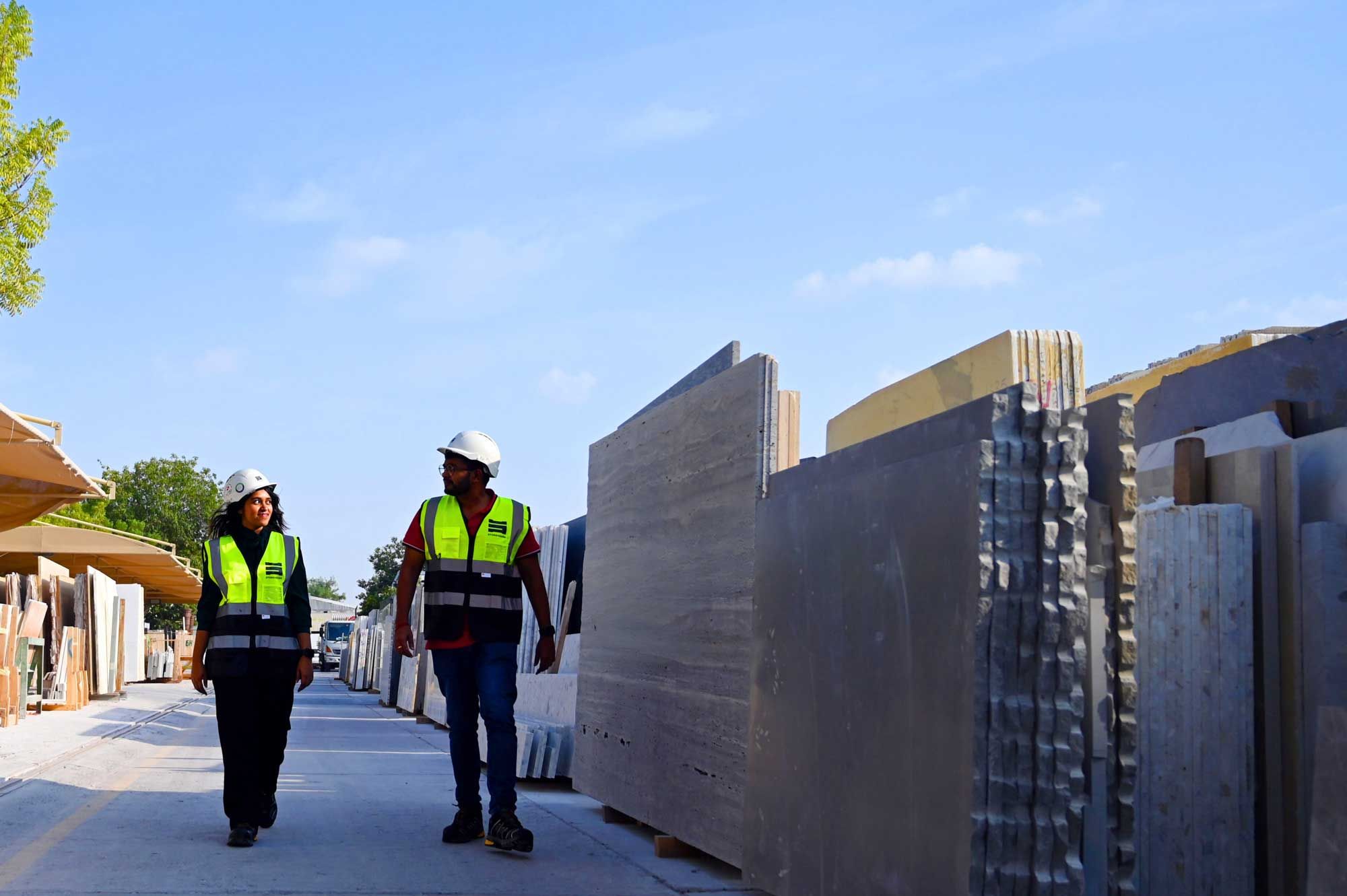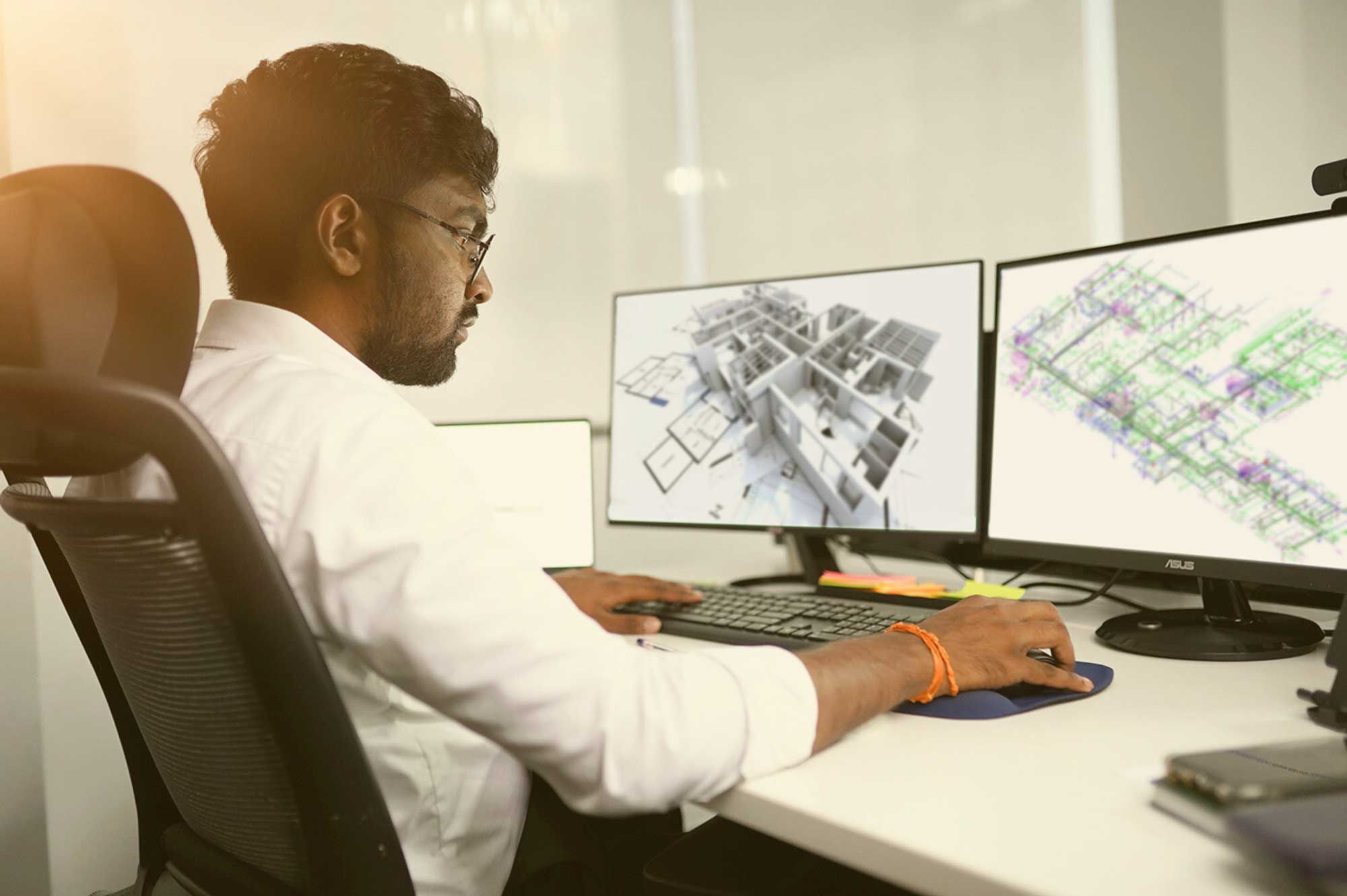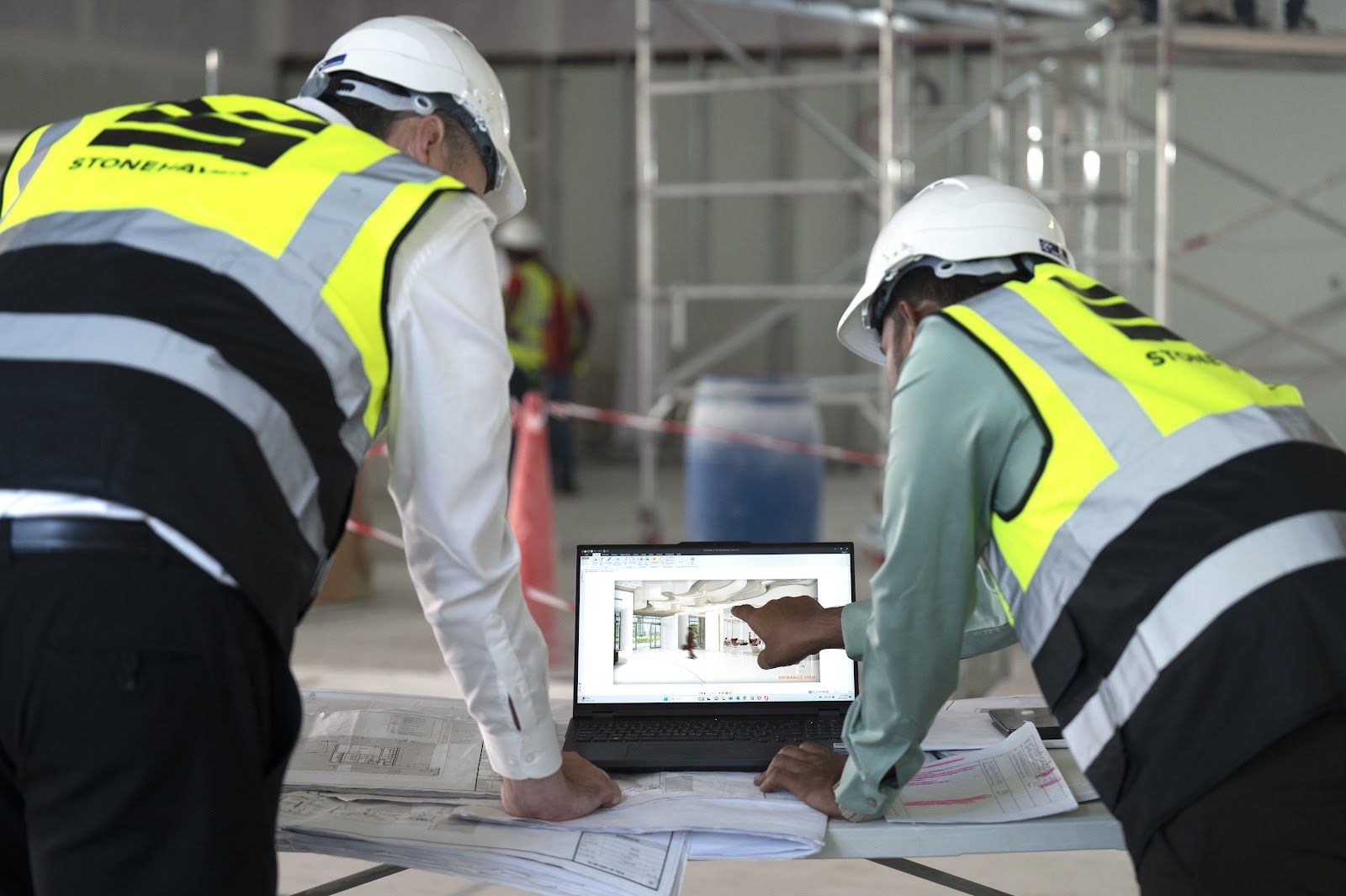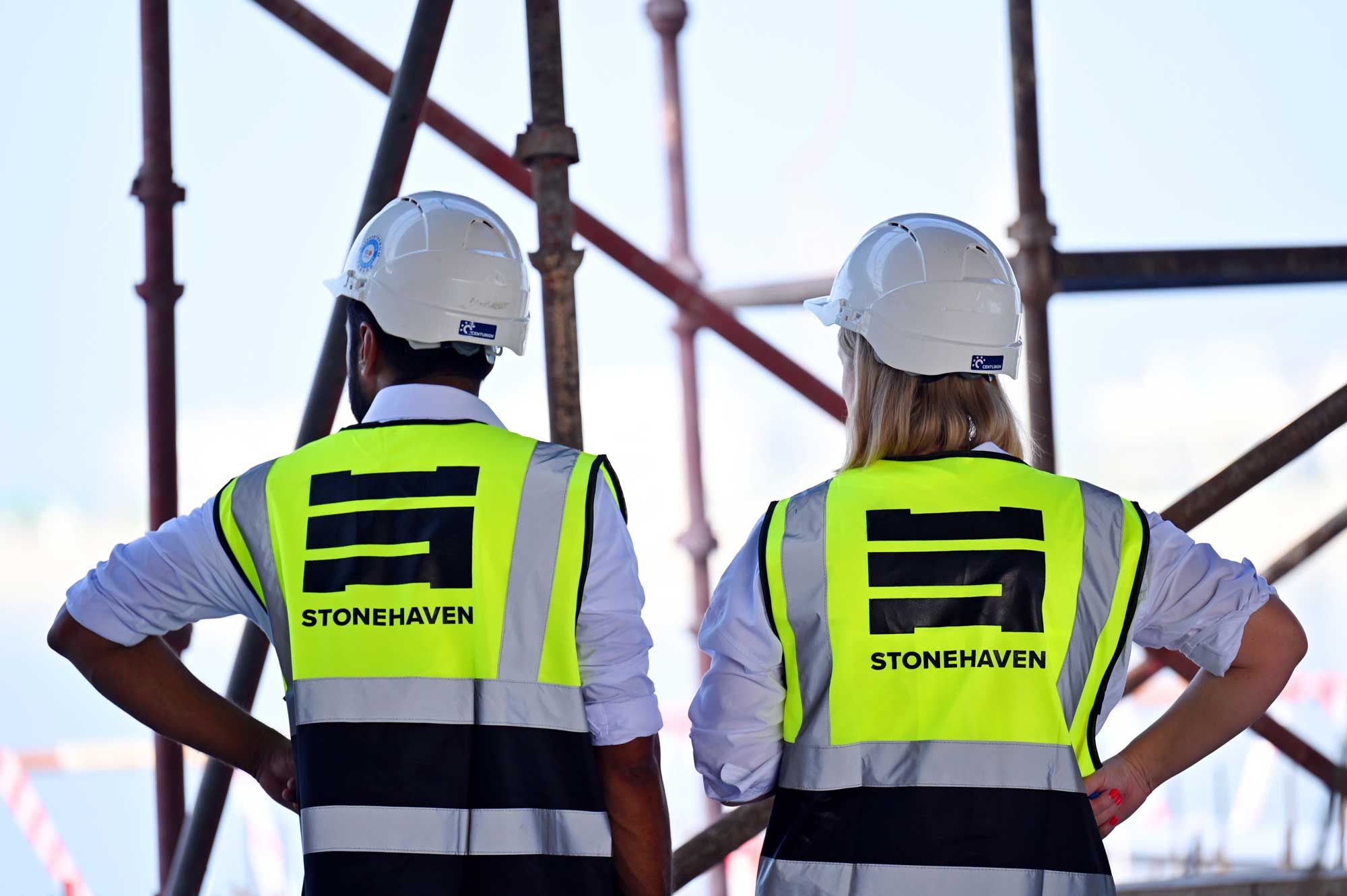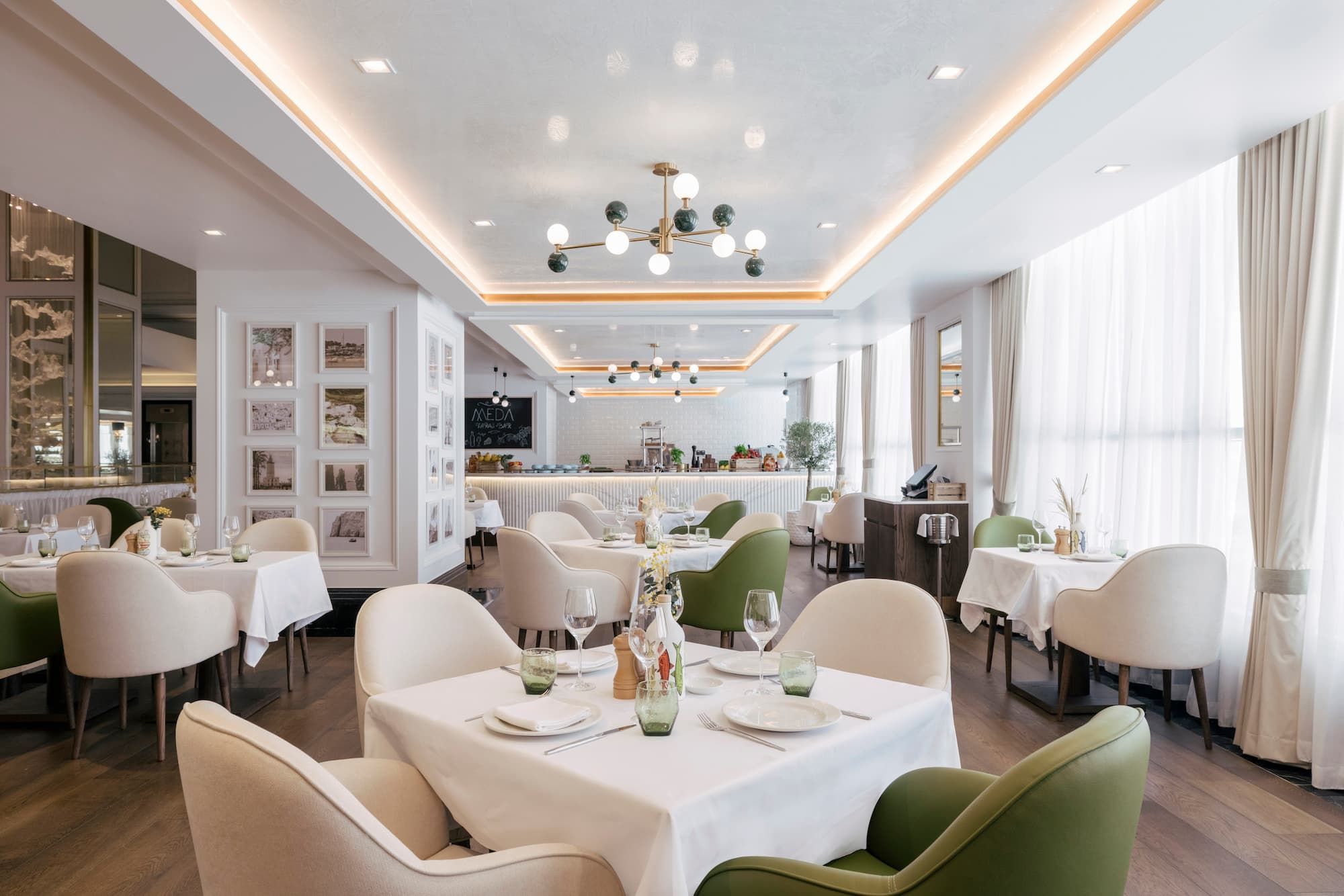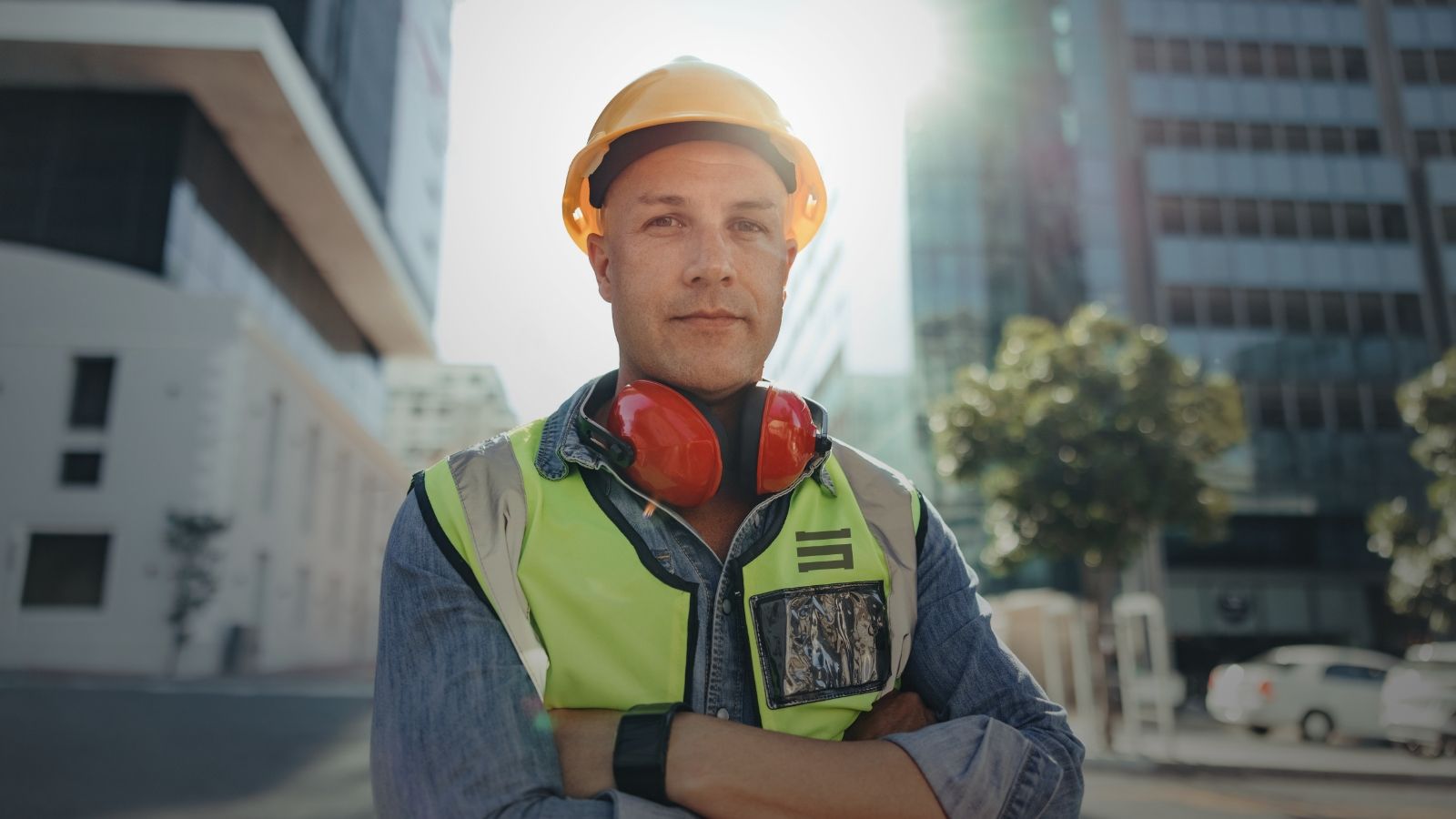The UAE has positioned itself as a pioneer in sustainable development, with its ambitious vision for carbon‑neutral, energy‑efficient buildings. For construction cost managers in Dubai and across the Emirates, understanding the Al Sa’fat Green Building System isn’t just about ticking regulatory boxes, it’s about unlocking significant financial advantages.
In this article, we explore how implementing Dubai green building regulations and striving for Al Sa’fat certification can play into your cost‑management strategy. Rather than driving up budgets, green building can reduce lifecycle costs, offer compelling ROI, and differentiate your projects in competitive markets. We’ll break down the system, explain green building frameworks in the UAE, unpack the evaluation criteria and accreditation levels, and show you how cost managers can turn sustainability into a strategic advantage.
By the end, you’ll have a clear roadmap for integrating green building principles into your cost plans, plus insight into partner firms, like Stonehaven, that can help streamline the process. Let’s dive deep into how the Al Sa’fat green building system transforms costs into opportunities.
What is the Al Sa'fat Green Building System?
Launched by Dubai Municipality in 2013, the Al Sa’fat Green Building System has become a cornerstone of Dubai’s long-term sustainability vision. Originally conceived as a voluntary rating system to guide environmentally responsible construction, Al Sa’fat now plays a critical role in shaping the city’s urban development.
It provides a comprehensive framework for evaluating a building’s performance across several environmental categories: energy consumption, water efficiency, material use, indoor air quality, waste management, and broader sustainability practices.
In 2025, the system’s real-world impact has become more evident. According to Skyline Holdings, the performance tiers within the Al Sa’fat framework have delivered measurable environmental and economic returns:
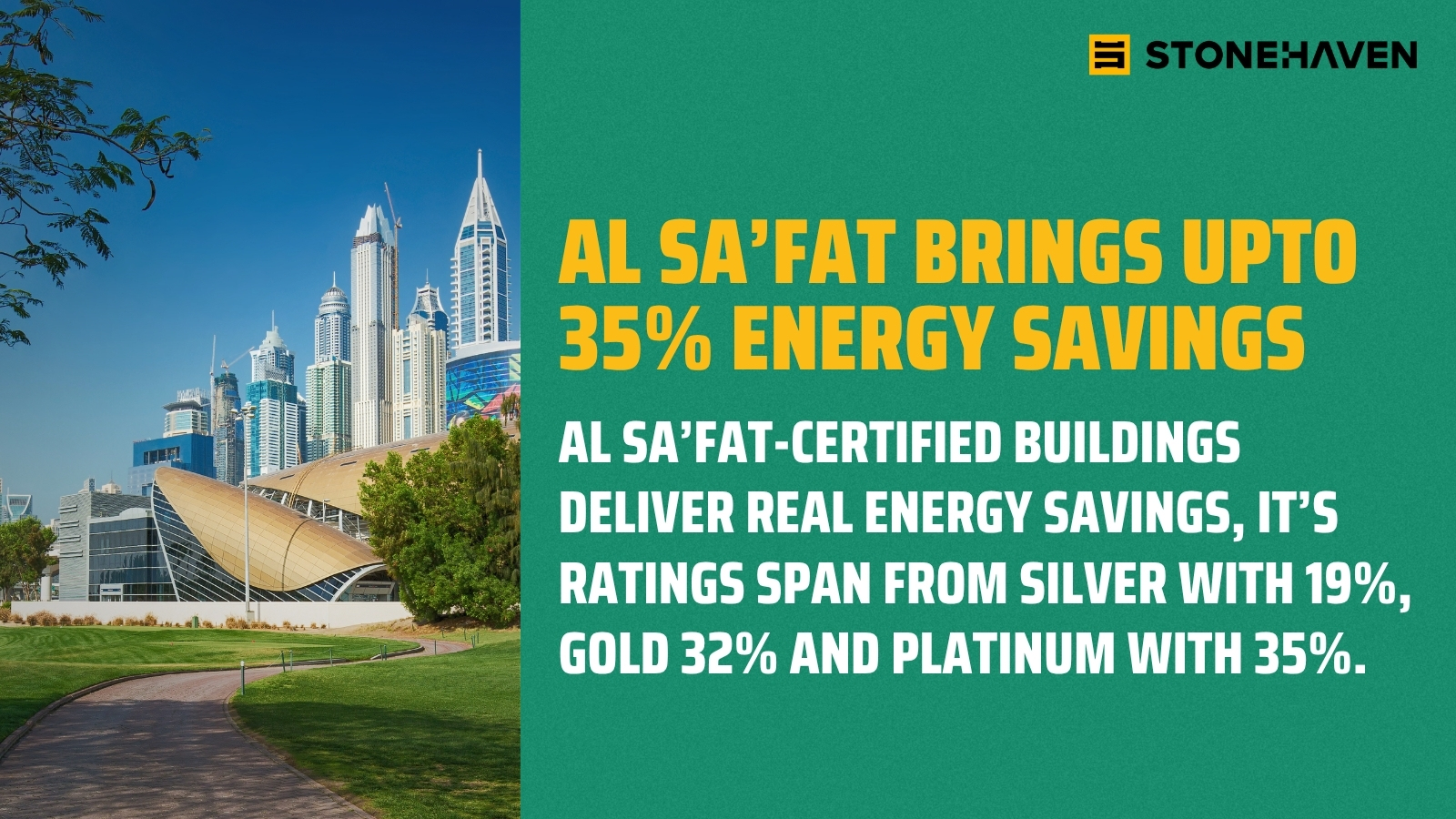
● Silver Sa’fat certified buildings achieve up to 19% energy savings,
● Gold Sa’fat delivers around 32% savings,
● Platinum Sa’fat exceeds 35% energy efficiency gains.
As of 2023, the system has collectively helped reduce approximately 2.28 million tonnes of CO₂ emissions, a testament to its operational success across the city.
What differentiates Al Sa’fat from other international frameworks such as LEED or BREEAM is its regional specificity. It’s been designed explicitly for the UAE’s demanding desert climate, where extreme temperatures, high cooling loads, and limited water resources present unique challenges. The system promotes adaptive solutions like smart insulation, passive cooling designs, advanced HVAC systems, and water-saving technologies, all of which are proven to mitigate operational burdens and long-term building costs.
For cost managers and quantity surveyors, Al Sa’fat is far more than a sustainability certification, it's a powerful benchmarking and financial forecasting tool. It enables project teams to quantify savings related to energy, water, and ongoing maintenance right from the design phase. These projections can then inform budget allocations and value engineering strategies, allowing developments to achieve higher star ratings without compromising on financial efficiency.
Key reasons why Al Sa’fat matters in cost management include:
● Data-Driven Targets: The system’s structured point matrix allows project budgets to align directly with performance metrics, enabling cost consultants to tie expenditure to measurable outcomes.
● Risk Reduction: By incorporating Al Sa’fat from the planning phase, projects ensure compliance with Dubai Municipality’s green building regulations, reducing the risk of redesigns, non-compliance penalties, or retrofit costs.
● Boosted Market Value: Al Sa’fat-certified buildings consistently command higher rents, faster leasing cycles, and greater long-term resale value. According to Maiden Capital’s insights in 2025, 73% of tenants are willing to pay premium rents specifically for buildings that offer health-focused, sustainable features, not just for green credentials alone.
Greener buildings also attract premium tenants, often securing quicker occupancy and meeting the ESG investment criteria preferred by global funders.
Moreover, the UAE and Saudi Arabia now rank among the top 10 global green building markets, largely due to the success and adoption of frameworks like Al Sa’fat. This reinforces the system’s significance not just for compliance, but as a driver of regional leadership in sustainable development.
As sustainability increasingly defines the construction and urban planning agenda in Dubai, incorporating Al Sa’fat early in the project lifecycle is no longer optional, it’s a strategic imperative. Cost managers who understand the certification’s mechanics gain a crucial edge in helping clients model operational savings, manage risk, and future-proof their investments.
In short, Al Sa’fat empowers cost professionals to align financial goals with environmental integrity. It transforms sustainability from a regulatory requirement into a competitive advantage, enabling smarter, greener, and more profitable outcomes in Dubai’s evolving construction landscape.
What is Green Building in the UAE?
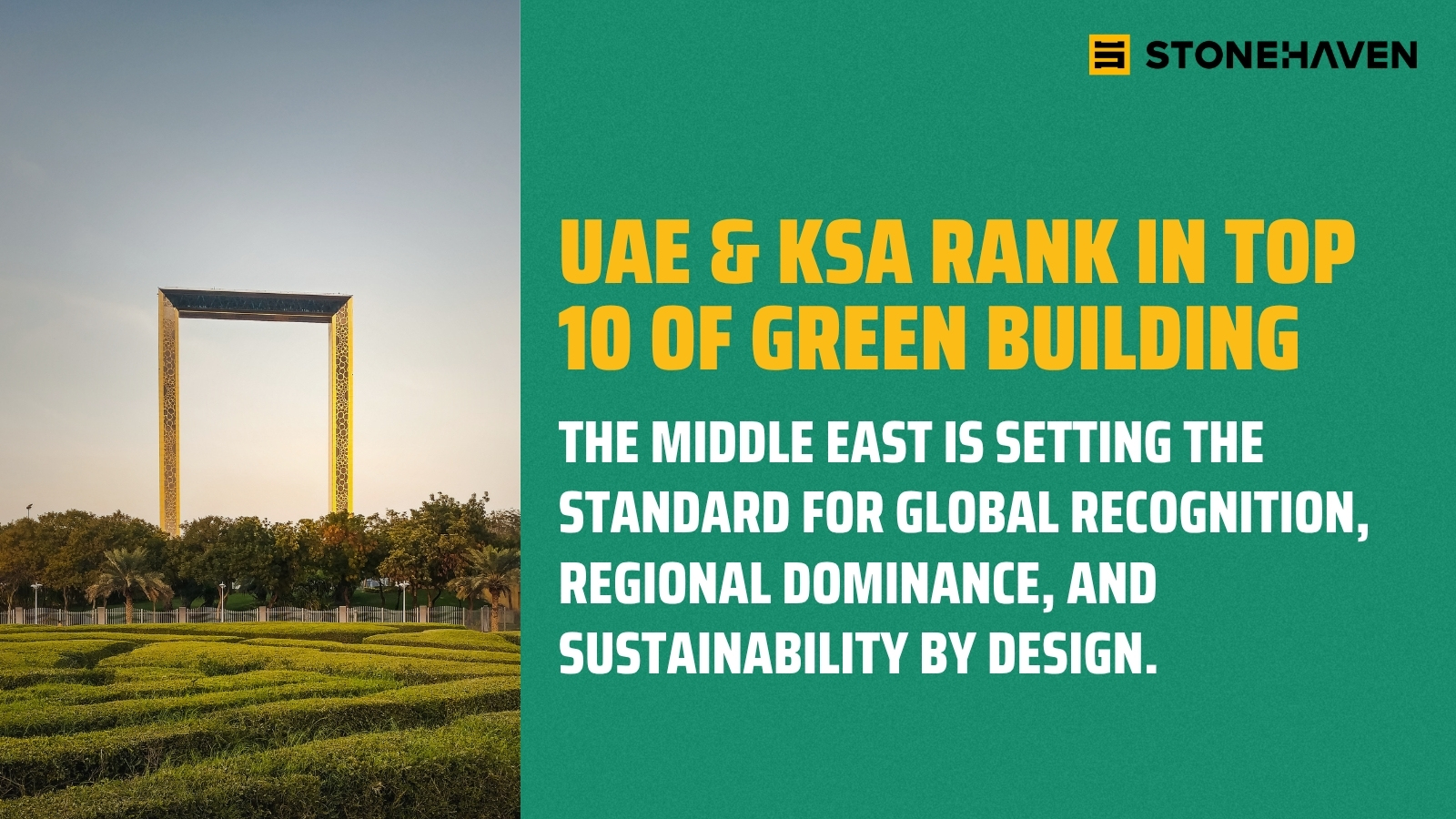
Dubai and the wider UAE have committed to several initiatives, Dubai Clean Energy Strategy 2050, Dubai Net Zero Carbon Buildings Strategy, all of which rely heavily on the Dubai green building code. The city updated its Dubai municipality green building regulations PDF frequently, aiming for all new buildings to be Al Sa’fat-certified at 2-star level or above.
Green building in the UAE focuses on:
- Energy efficiency: minimising cooling loads via advanced envelopes, shading devices, and efficient MEP systems.
- Water conservation: critical in a desert, via metering, greywater recycling, low-flow fixtures, and smart irrigation.
- Sustainable materials: using recycled, low-emission, locally sourced materials to reduce embodied carbon and logistics cost.
- Indoor environmental quality: ensuring good ventilation, air filtration, lighting design for occupant well‑being.
- Waste and resource management: site operations, reuse of demolition materials, and diversion from landfill.
- Innovation: recognising new techniques and systems that drive beyond baseline performance.
Embracing these principles isn’t just regulation focused, it’s budget focused. Green buildings tend to:
● Lower operational expenses (particularly energy and water);
● Attract higher-value tenants and premiums;
● Extend asset life and resilience;
● Mirror international investor expectations (ESG factors increasingly tied to financing).
For cost management teams, factoring in these metrics early helps design value-engineered solutions that both satisfy regulations and drive savings.
What Categories are Evaluated in the Al Sa'fat Certification?
The Al Sa’fat Green Building Certification evaluates projects across six core categories, with an additional bonus category for innovation and smart technologies. Each category represents a vital aspect of sustainable design and construction, and together, they form the basis of the system’s performance-driven rating structure.
-
The Energy and Atmosphere category assesses a building’s energy efficiency, primarily through performance simulations that predict reductions in energy usage.
-
Water efficiency is equally critical in the UAE’s arid climate and is evaluated through measures such as low-flow fixtures, greywater recycling, and smart irrigation systems.
-
The Materials and Resources category encourages the use of recycled, bio-based, and regionally sourced materials while promoting responsible waste management practices.
-
Another crucial component is Indoor Environmental Quality (IEQ), which considers factors like lighting design, air quality, and acoustics, elements that directly affect occupant health and comfort.
-
The Site Management and Ecology category supports sustainable site planning, including the use of shading, green landscaping, and biodiversity preservation.
-
The Operation, Maintenance, and Management section evaluates long-term building performance, including the presence of commissioning protocols, operational plans, and waste handling systems.
-
Additionally, the optional Innovation and Smart Technologies category rewards projects that integrate forward-thinking solutions such as renewable energy systems, smart building controls, and IoT-based efficiency enhancements.
Each of these categories is assigned a specific number of points, and the total accumulated score determines the building’s final certification level. Ratings range from 1-Star for basic compliance, through to 2-Star and 3-Star for moderate and advanced performance, respectively. Projects achieving 4-Star are recognised for high performance and innovation, while 5-Star buildings are considered cutting-edge in sustainability, setting new benchmarks in green construction.
For cost managers, this evaluation framework offers a clear, quantifiable system to forecast costs and returns. By understanding the point allocation and corresponding rating tiers, consultants can model the premium costs required for additional sustainability features and compare them against projected long-term savings.
This allows for informed value engineering, enabling developers to pursue higher certifications with confidence in their financial viability. In essence, Al Sa’fat doesn’t just guide sustainable construction, it provides a structured pathway for integrating environmental performance into sound cost management strategy.
What are the Al Sa’fat Categories of Accreditation?
Certification levels range from 1 to 5 stars, with higher stars signaling superior sustainability and greater impact, but also involving additional upfront cost. Here’s how accreditation works:
1-Star Certification
● Achievable through basic improvements such as efficient lighting packages, LED fixtures, low-flow sanitary ware, and basic commissioning.
● Cost impact: minimal; lightweight additions in MEP; small premium on fixtures.
2-Star Certification
● Demands deeper energy savings (HVAC optimisation, building orientation, shading), water meter sub‑billing, embodied carbon tracking.
● Cost impact: mid-level; payback <5 years on energy and water savings.
3-Star Certification
● Requires integrated façade design, active control systems, renewables (switchable glazing), rainwater harvesting.
● Cost impact: moderate to high; blends CAPEX and increases with value-add features.
4-Star Certification
● Demands innovation (smart MEP, building management systems, IoT optimisation), high levels of commissioning, recycled materials.
● Cost impact: significant; but with low OPEX, high rental returns, ESG advantages.
5-Star Certification
● Best-in-class tech, plus exemplary IEQ, net-zero readiness, onsite renewables.
● Cost impact: highest; reserved for landmark projects seeking world-class positioning.
It's important to recognise that the cost of implementing the Al Sa’fat Green Building System increases with each ascending star level. However, international case studies, such as those from Malaysia, demonstrate compelling net present value (NPV) advantages, particularly for buildings targeting 3-star ratings and above.
These findings highlight that while higher certification levels may require greater upfront investment, the long-term operational savings and asset value gains often outweigh the initial costs. For cost managers, this creates an opportunity to model these scenarios early in the project lifecycle, enabling smarter budgeting decisions and more strategic allocation of resources.
What are the Benefits of Achieving Al Sa’fat Certifications?
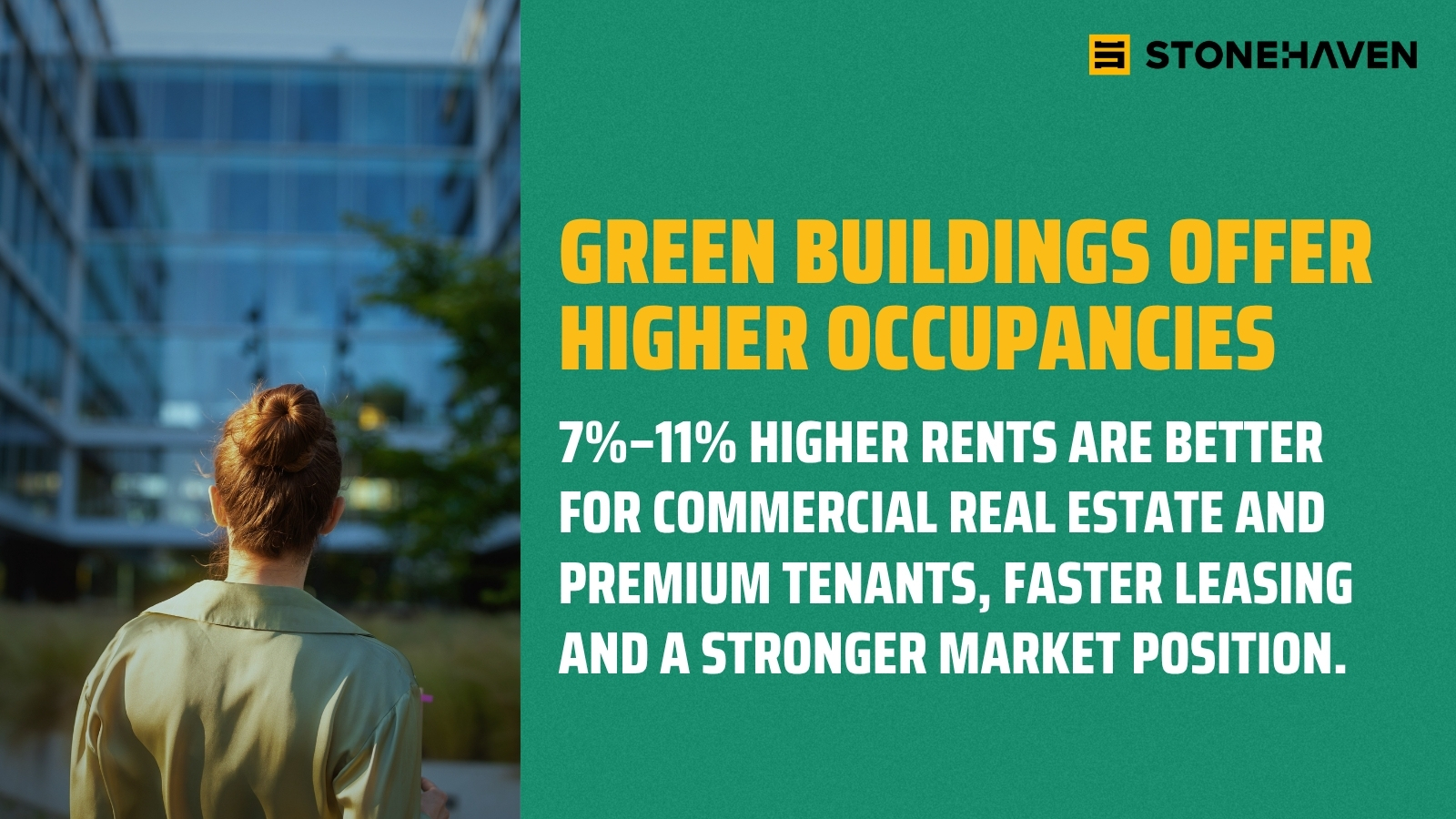
Delivers measurable operational cost savings through energy and water efficiency.
By incorporating efficient HVAC systems, low-flow fixtures, and smart metering, Al Sa’fat-certified buildings consume significantly less energy and water. These savings reduce monthly utility bills and improve the long-term cost profile of the asset.
Reduces long-term lifecycle costs despite higher initial CAPEX.
While green buildings may require higher upfront investment, the reduction in maintenance, repair, and operational expenses over time results in lower total cost of ownership. The long-term financial benefits far outweigh the initial capital increase.
Improves financial forecasting with predictable OPEX over 10–25 years.
Al Sa’fat’s structured framework enables cost consultants to forecast operating expenses more accurately. With reduced energy and water usage, building owners can plan long-term budgets with greater confidence and financial clarity.
Qualifies for regulatory incentives such as fast-track approvals and green rebates.
Construction projects that meet Al Sa’fat standards may be eligible for benefits from Dubai Municipality, such as expedited permitting, planning leniency, and financial incentives. These can shorten project timelines and reduce hidden administrative costs.
Enhances market positioning with rental premiums and higher occupancy rates.
Green-certified buildings are reported to command 7% to 11% higher rents, especially in commercial real estate. With growing tenant demand for sustainable spaces, these buildings lease faster and maintain lower vacancy rates.
Aligns with ESG investment criteria, attracting global tenants and investors.
Environmental, Social, and Governance (ESG) factors are now critical for institutional investors and multinational occupiers. Al Sa’fat certification signals compliance with global sustainability standards, improving asset desirability.
Future-proofs assets against changing sustainability regulations.
As environmental standards evolve, certified buildings remain ahead of compliance requirements. Early integration of Al Sa’fat reduces the risk of future retrofits or penalties, ensuring long-term regulatory resilience.
Increases brand value and appeal to sustainability-focused tenants.
Tenants increasingly select buildings that align with their corporate sustainability values. Al Sa’fat certification adds a layer of credibility and makes a property more attractive for companies prioritising health, wellness, and ESG transparency.
Unlocks access to green financing, bonds, and preferential lending rates.
Certified buildings are viewed as lower-risk investments by lenders and financial institutions. This makes them eligible for green bonds, sustainability-linked loans, and better financing terms, improving project feasibility.
Supports strategic cost planning by integrating sustainability into budgeting.
The certification’s point-based system allows developers and cost managers to balance capital spend with environmental performance goals. This enables smart budgeting decisions and value-engineered solutions without compromising quality or compliance.
From a cost management perspective, these collective benefits offer a clear roadmap for sustainable investment. They enable cost managers to build stronger financial forecasts, develop value-engineered designs, mitigate regulatory and operational risks, and confidently project returns on green investment.
By aligning with the Al Sa’fat system, developers not only future-proof their assets, they unlock long-term economic, environmental, and reputational value.
Conclusion
Integrating the Al Sa’fat green building system into your construction cost plans isn’t a luxury, it’s a strategic move. By understanding the evaluation categories and star-rating tiers, cost managers can design more accurate, value-driven budgets that balance CAPEX with long‑term savings. Green building isn’t just eco-friendly, it’s economically savvy, supporting net-zero ambitions, regulatory compliance, and meeting market demand.
By placing green criteria at the heart of cost modelling, from energy nets to material sourcing, you transform sustainability into a financial lever. That’s how projects can become both green and financially lean.
About us
Stonehaven is a premier cost and project management consultancy headquartered in the UAE, widely recognised for its expertise in green building cost planning, strategic budgeting, and sustainable procurement.
Trusted by leading developers across the region, we specialise in navigating the intricacies of Dubai’s green building regulations, ensuring that every project managed aligns with both sustainability objectives and financial realities. Our project consultancy delivers early-stage advisory on Al Sa’fat certification levels, enabling project teams to make informed decisions from the outset.
We offer comprehensive whole-life cost modelling to evaluate capital expenditure against long-term operational savings, and we optimise procurement by sourcing environmentally responsible materials and technologies at competitive rates. Throughout construction, we maintain rigorous contract cost control to uphold value engineering and budget integrity. With Stonehaven as your partner, you gain access to both financial clarity and green-building insight.
Whether your project is aiming for a landmark 4 or 5-Star rating, we tailor our approach to your ambitions, ensuring cost-effectiveness.

